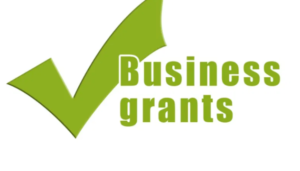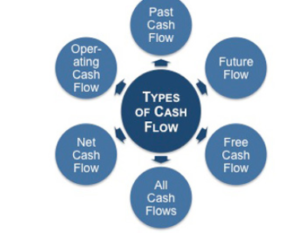Best Accounting Practices for Cash Flow Statements

By James Pruitt, Senior Staff Writer
Cash flow statements are an important accounting tool. Business owners should issue cash flow statements at least quarterly. Most accountants describe two methods: the direct method and the indirect method. Microsoft Excel can provide the relevant tools and templates. Google Docs also provides templates for both methods. A short description of both the direct and indirect methods are detailed below.
Most businesses use the indirect method, a simple and more efficient approach. The indirect method generally uses a balance sheet approach, an accounting method with a zero-sum view of monetary flow. The indirect method accounts for all activities that affect periodic income, regardless of whether they directly involve cash. Depreciation of a company’s assets is one such example. However, the indirect method lacks the precision of the direct method, which limits itself to direct cash transactions.
Despite the widespread use of the indirect method, the Financial Accounting Standards Board prefers the direct method. The indirect method gives information about periodic accrual of income and debt. However, the direct method offers more specific, traceable information.
What is a balance sheet approach to managing cash flow? A balance sheet approach seeks to match credits and debits. A cash flow statement using this method starts with net income, then subtracts and adds debits and credits. Debits and credits may include receivables, payables, long-term debt, equity assets, and inventories, including shrinkage and other considerations.
A balance sheet approach also considers fixed assets, and other assets. The line items include general categories for income and expenses, rather than specific, day-to-day expenses and credits. While the indirect method may offer a simpler process, the level of detail may be somewhat disappointing.
On the other hand, the direct method does not start with a net income. The direct method works through the amounts paid to employees, vendors, and other creditors. Various templates for each method are available online. Each can be adapted to your business.
The best approach for any business depends upon the size of the business and the relevance of its accounting practices. For example, the following link provides samples for each method: https://spreadsheetpage.com/cash-flow/statement.
Each individual business chooses accounting practices depending on their own needs. Consider both legal and business considerations. Due to its efficiency, the vast majority of businesses do use the indirect method. Some businesses may prefer the direct method due to the relevance of fraud, or the need for accurate record keeping. Resources abound that provide templates for creating such statements. For the purposes of most small business owners, the most efficient method will likely prevail. However, the needs and liabilities of each business dictate the best practices within each industry.
VAMBOA, the Veterans and Military Business Owners Association hopes that you have found this article on “Best Accounting Practices for Cash Flow Statements” to be helpful and that it provides you valuable information.
VAMBOA invites you to become a member. There are not any dues or fees. VAMBOA is the “go to” online venue for Veteran and Military Business Owners. You can also use the VAMBOA seal for your collateral and website. Below is a link to join and register here: https://vamboa.org/member-registration/














